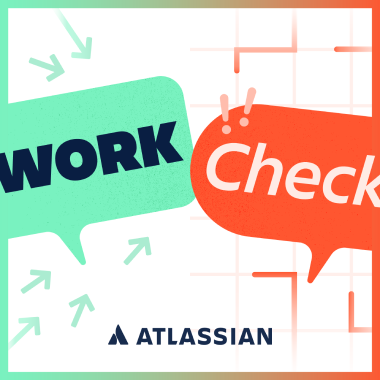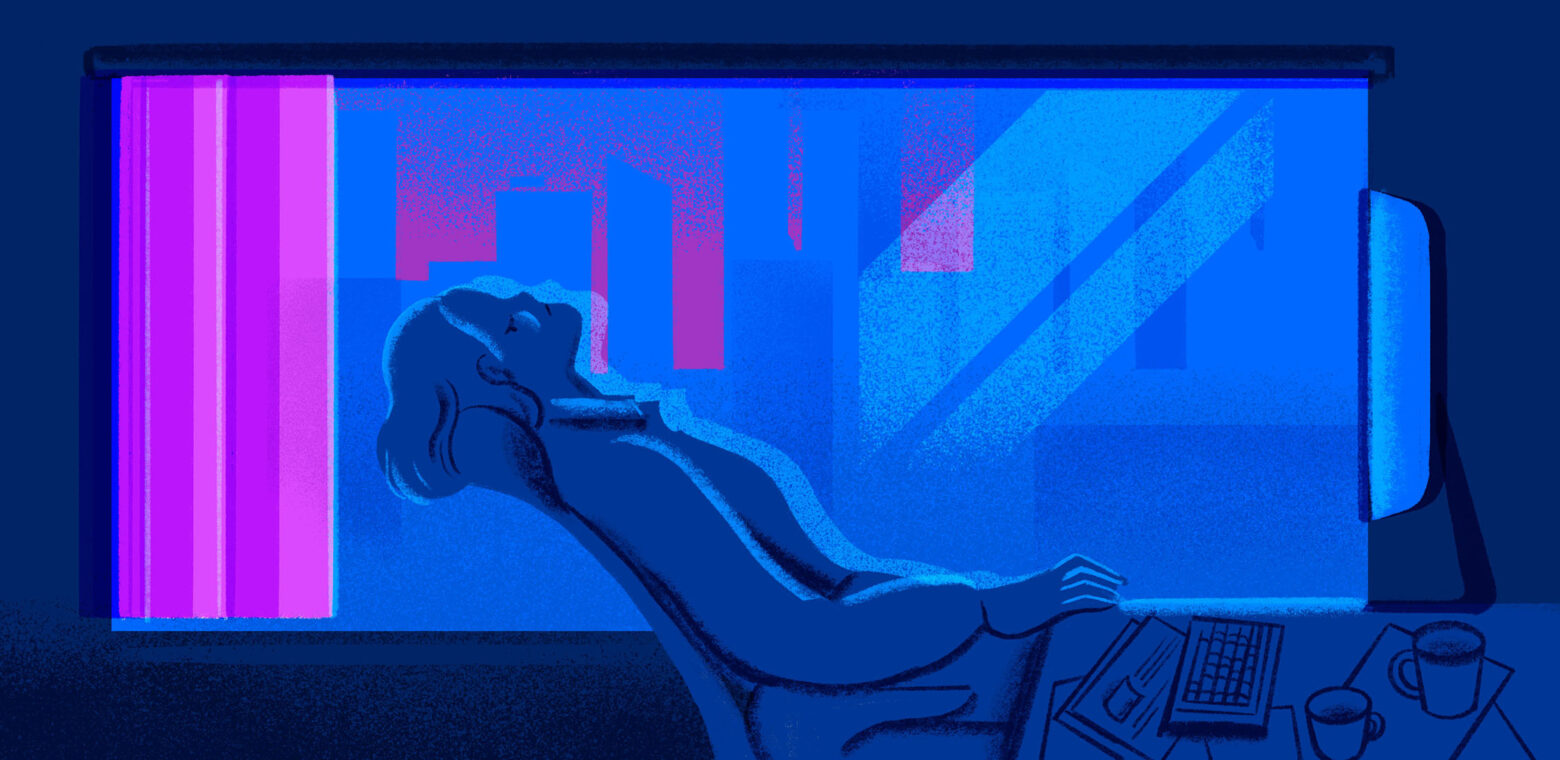Burnout isn’t just a “you” problem
Systemic factors also play a major role in workplace exhaustion.
Burnout at work is nothing new, but it has gotten more attention since the height of Covid-19).
There’s no shortage of advice on how individuals can beat burnout, but there’s a growing understanding that burnout prevention also has a lot to do with systemic factors – like workplace culture – and not just individual coping mechanisms. Plus, some aspects of burnout overlap with symptoms of depression, which can have implications for how we treat it.
“We always focus on the professionals themselves. That is a very narrow-minded view,” says Yi-lang Tang, a clinical psychiatrist and associate professor at Emory University.
While we could all benefit from a good-old-fashioned stress-relief routine, a more impactful balm for burnout might come from higher up the ladder, from solutions that make working conditions more sustainable in the first place, and address the deeper causes of burnout.
Defining burnout at work
Many mental health problems have clear diagnostic criteria. Something like depression, for example, has a standardized definition that makes diagnosis rather straightforward.
Diagnosing burnout is not as simple. One popular tool for assessing burnout is the Maslach Burnout Inventory. According to researchers Christina Maslach and Michael P. Leiter, burnout has three main components:
- Feelings of energy depletion or exhaustion
- Increased mental distance from one’s job, or feelings of negativism or cynicism related to one’s job
- Reduced professional efficacy
While the Maslach Burnout Inventory has gained prominence in the field, academics still use a wide variety of criteria to measure burnout. A research analysis published in 2018 found that while most burnout studies “used a version of the Maslach Burnout Inventory,” there were “142 unique definitions” of burnout criteria.
Irvin Sam Schonfeld, a professor emeritus at CUNY, and colleague Renzo Bianchi argue for a slightly different understanding of burnout. Their research shows that the emotional exhaustion component of burnout in particular has a high correlation with symptoms of depression. “That’s the core of burnout,” says Schonfeld, who is the co-author with Bianchi of “Breaking Point: Job Stress, Occupational Depression, and the Myth of Burnout.”
This is not to say that burnout and depression are one and the same, but rather that there is significant overlap. As Schonfeld sees it, the correlation between the two is too high to ignore, which has implications for how we might prevent and treat it in the workplace.
A bigger picture of burnout
When we think about addressing burnout, we often think about individual workers learning to set boundaries or create a meditation practice, but ignore larger systemic factors.
Tang says a lot of early research into burnout had this bias, focusing only on the individual and their personal coping mechanisms. “That’s not enough,” he says, noting that research should also consider institutional issues.
Schonfeld echoes this point: The bigger picture of burnout shows that it’s often a product of the same toxic working conditions that can bring on depressive symptoms in the first place.
As Tang wrote in an editorial summarizing recent burnout research, “addressing systemic issues such as excessive workloads, lack of resources, and misaligned organizational values can significantly alleviate occupational stress.”
Take the example of a company where workers are given shifts that are too long or too frequent, leading to physical and emotional exhaustion. An individual could cope by eating healthy meals and getting quality rest when they’re off the clock. But the deeper solution here is at the level of management: Bosses who want to prevent burnout can change the workplace schedule that’s causing it in the first place.
The systemic issues can go even deeper than managing shifts. A 2024 study of burnout in healthcare workers illuminated the role of moral injury, which happens when individuals are forced into situations or actions that run contrary to their own values. The study showed that experiencing moral injury at work contributed to burnout among workers.
Sometimes moral injury can result from circumstances beyond the control of any one company. One example from the healthcare study was: “Politicization/misinformation about medical care by elected leaders.” On that level, global issues and political conflicts can also contribute to the stress and overwhelm of burnout. One study of Ukrainian academic staff found, perhaps unsurprisingly, that the war in that country has led to an increase in burnout.
How to integrate big and small solutions to burnout
While the acute stress of the pandemic might be behind us, there’s plenty of burnout lingering in American workplaces.
A 2024 report from the American Psychological Association said that a whopping 67% of those surveyed “reported experiencing, in the last month, at least one outcome often associated with workplace burnout, such as lack of interest, motivation, or low energy, feeling lonely or isolated, and a lack of effort at work.”
That means a lot of our colleagues could benefit from a more nuanced and effective understanding of burnout. Considering the systemic factors that play a role in burnout can round out the solutions to preventing or addressing it. Tang argues for a “holistic solution” that includes institutional support and individual behaviors.
On the institutional side, for example, managers and employers can consider flexible scheduling that allows people to work a sustainable number of hours. For employees, it can help to fully disconnect from work when they’re at home or on vacation, giving their mind a real break. Managers can support this kind of rejuvenation by reducing excessive workloads and supporting paid time off.
Workplace leaders can also align workplace policies and practices with personal values to prevent moral injury. In the health care industry, for example, one source of moral injury might come from being “assigned too many patients to be able to provide adequate care.” Company leadership could solve that issue – and remove a contributing factor to burnout – by hiring additional staff to handle patient loads.
While big, systemic changes to prevent burnout might be a long-term goal, there are other ways that managers and employers can improve working conditions to reduce the risk of burnout. “We want to help [people] before their health gets compromised,” Schonfeld says.
This is where the more conventional advice can apply: Institutions can support individual coping skills by funding stress management training or workshops on relaxation techniques to help individuals cope with conditions at work that might be less than ideal. Tang says these types of individual skills can help workers build resilience to get through stressful situations.
psychotherapy and burnout
When a vacation or a relaxation technique isn’t enough, talk therapy might be a good tool for people who are already in the grips of intense burnout.
Schonfeld says that traditional psychotherapy (from a professional outside of your office) can be a great tool to help workers who are affected. Especially when you remember that burnout shares some characteristics with depression, cognitive behavioral therapy is a tried-and-true method that can help individuals get out of a slump.










































